





0
Last week, the US government shutdown remained in effect, limiting economic data availability. Despite this, the market widely expects the Federal Reserve to cut interest rates next week. In the absence of new information, the Fed will highlight weak August job growth data, and it will also be interesting to hear how the Fed views the situation of US regional banks.
The European Central Bank will also announce its interest rate decision next week. Inflation is expected to trend downward due to slowing wage growth and a stronger euro. October's Eurozone PMI data came in stronger than expected, driven by a strong German services sector. Markets are pricing in only a small probability of a rate cut over the next year.
In recent weeks, trade tensions between China and the United States have escalated, with China tightening export controls on rare earth minerals and Trump threatening to impose 100% tariffs on Chinese imports starting November 1st. The two presidents are scheduled to meet next week, and the market believes a partial agreement is likely. Failure to reach an agreement could trigger a risk-off reaction. This week, China outlined its next five-year plan and reiterated the need to boost domestic consumer spending, but provided no specific targets or new measures to achieve this.
In Japan, Sanae Takaichi formed a minority government that is likely to push for fiscal easing, though the extent of that success remains unclear. Takaichi opposes tightening monetary policy, which is one reason we expect the Bank of Japan to keep interest rates unchanged at its meeting on Thursday, despite rising inflation in September and its 42nd consecutive month of exceeding target.
Last Week:
Last week, U.S. stocks closed higher, with all three major indices reaching record highs. This was primarily due to declining inflation data, which boosted investor confidence that the Federal Reserve will maintain its path of rate cuts, thereby bolstering the economic outlook and supporting upward stock valuations. The Dow Jones Industrial Average closed at 47,207.12, the S&P 500 at 6,791.73, and the Nasdaq Composite at 23,204.87. All three major U.S. indices finished the week higher, rising approximately 2%.
The gold market had a difficult week. After nine consecutive weeks of gains, prices plummeted, posting one of its worst weekly declines in recent years. The failure to extend its record-breaking ten-day winning streak has dampened market confidence in the short term, with investors and analysts focused on whether the pullback signals a trend reversal or merely a technical correction following an overheating trend. Gold prices fell over 3% for the week, closing at $4,112.
Silver pared losses on Friday, closing around $48.590 per ounce as traders increased bets on two federal interest rate cuts this year following weaker-than-expected U.S. CPI data. Concerns about overvaluation after recent record highs put silver on track for a weekly loss of over 6% as profit-taking weighed on the market. The previous rally was driven by safe-haven demand, optimism about electric vehicles, data centers, and industrial applications of solar energy, as well as tightening inventories in London and Shanghai.
Despite weaker-than-expected U.S. consumer price index data for September on Friday, the U.S. dollar index remained range-bound. Among currencies, the dollar fell against the euro, pound, and Australian dollar, but rose slightly against the Canadian dollar. For the week, the dollar still gained roughly 0.5%. The current relatively restrained price action suggests traders are increasingly taking a wait-and-see approach ahead of next week's Federal Reserve meeting.
With inflation slowing and the probability of a rate cut rising, downside risks are accumulating for the US dollar index. While technically, the index still has the potential to rebound above 99.00, short-term market sentiment is bearish—a bearish outlook unlikely to change unless the Fed sends hawkish signals at next week's meeting.
EUR/USD is expected to lose 0.21% last week, but it remained above 1.16 for the third consecutive day as US data may not deter the Fed from cutting interest rates, limiting upside. Looking ahead, investors will turn their attention to the upcoming Federal Reserve and European Central Bank meetings. The yen weakened to 153 against the dollar on Friday, expected to fall by about 1.5%, despite Japan's core inflation accelerating in September for the first time since May. Both headline and core inflation rose to 2.9% from 2.7% in August, driven primarily by rising electricity prices. Meanwhile, the Bank of Japan faces its policy meeting next week, with markets expecting the central bank to keep interest rates unchanged.
The British pound extended its decline against the US dollar last week, reaching its lowest level in a week at $1.33, after inflation data fell short of market expectations, sparking speculation that the Bank of England might cut interest rates sooner than expected. Headline inflation remained at 3.8% in September, defying expectations of a rise to 4%. Meanwhile, core inflation fell from 3.6% to 3.5%, also below expectations of 3.7%. The Australian dollar remained stable around $0.6510, trading closely within a two-month low, as investors prepared for key quarterly inflation data next week, which could shape the Reserve Bank of Australia's policy outlook.
Last week, international oil prices fell slightly, following a surge on the news, as market doubts arose about the strength of the US government's sanctions against two major Russian oil companies. Brent crude oil closed lower at $65.16 per barrel, while US West Texas Intermediate (WTI) crude oil settled at $61.530 per barrel. Although both benchmarks had previously surged over 5% in response to the sanctions announcement, they retreated later in the trading day. Even so, they were still up over 7% on a weekly basis, their biggest gain since mid-June.
Bitcoin rose last week, approaching $111,000 and on track for a weekly gain, as news that US President Donald Trump will meet with Chinese President Xi Jinping next week eased trade tensions, while investors welcomed softer-than-expected inflation data. As of 10:01 a.m. ET (10:01 p.m. GMT), the world's largest cryptocurrency rose 1.1% to $110,880. After sharp declines in the previous two weeks, Bitcoin was on track for a 2% gain for the week.
The 10-year U.S. Treasury yield fell for the third consecutive day, approaching a 6.5-month low at 3.949%. The 30-year and 20-year Treasury yields also retreated to 4.534% and 4.507%, respectively. The decline in yields is partly due to the ongoing impact of the US government shutdown, which has depressed market sentiment and fueled safe-haven flows into US Treasuries, indirectly boosting demand for gold. Furthermore, the 20-year US Treasury bond auction saw strong demand, with the winning rate below expectations, demonstrating continued investor confidence in US Treasuries.
This Week's Market Outlook:
This week (October 27-31): Global markets are experiencing a "super week," a period of intense policy activity and events. China-US trade negotiations will be held, with the "one bank, one bureau, and one commission" gathering at the Financial Street Forum to release policy signals. The Federal Reserve, the European Central Bank, and the Bank of Japan will all announce their interest rate decisions on the same day, and the APEC summit will focus on new paths for Asia-Pacific cooperation. Meanwhile, the US government shutdown has created uncertainty surrounding the release of core inflation data. The interplay of a data vacuum and policy maneuvers will significantly amplify market volatility. Investors should closely monitor key meeting statements and negotiation progress to capture structural opportunities amidst uncertainty.
Market sentiment has improved due to hopes for a easing of the US-China trade standoff. The White House confirmed Thursday that US President Trump will meet with Chinese President Xi Jinping on the sidelines of the APEC summit in South Korea on October 30th. This development could help ease recent trade tensions.
As for this week's risks:
In addition to core policies and data, investors should be wary of three potential risks: First, a failure to reach a consensus in trade negotiations could dampen sentiment for risky assets.
Second, if differences within the Federal Reserve and the European Central Bank over their policy paths are highlighted during press conferences, market expectations could be rapidly revised, triggering sharp short-term fluctuations in the US dollar and euro.
Third, a prolonged government shutdown could lead to further data delays, exacerbating information asymmetry in the market and boosting the appeal of safe-haven assets such as gold and the US dollar. At the same time, the market expects the US government shutdown to continue next week, and an early resumption of government operations would also have a negative impact on financial markets.
US inflation surprises; the door to rate cuts opens; may the US dollar's rebound be unsustainable?
After weeks of delays, US inflation data finally unexpectedly surprised, sending the US dollar retreating and sending markets into a frenzy. Which door will the Fed's rate cut unlock? It's worth noting that many officials have stated that the impact of tariffs on inflation is temporary. This effectively provides preemptive justification for the possibility of inflation exceeding expectations. A miss further opens up market speculation regarding the Fed's subsequent rate cuts.
From a risk balance perspective, the risk of further deterioration in the labor market has become a major market concern, supporting the Fed's continued accommodative stance. The market has largely priced in a Fed rate cut next week, and with the pre-meeting blackout period officially underway, Fed officials have little ability to alter market expectations through public statements. Short-term policy expectations are expected to remain stable.
The Fed is inherently in a difficult position, grappling with the lesser of two evils: inflation and growth, forcing it to resort to inflation justification. With the release of this CPI, the Fed will mitigate inflationary concerns and focus on economic growth.
The market will also closely monitor the Conference Board Consumer Confidence Index next Tuesday as a complementary indicator to US economic growth data.
In summary: The CPI, excluding housing, is a key indicator of underlying US inflation trends. The year-on-year increase in the index remained at 3.2% for the second consecutive month in August, indicating that progress toward the Fed's 2% inflation target has stalled. However, the decline to 3.1% this month suggests progress in controlling inflation remains intact.
Upward price risks have not yet intensified, leaving the Fed with ample room to cut interest rates by another 25 basis points or more next week (lowering the target range to 3.75%-4.00%).
Furthermore, restrictive monetary policy could exacerbate the already fragile employment situation and make further cuts in federal funds rate futures a certainty. From a fundamental perspective, the dollar's downward trend remains unchanged, and the short-term rebound may be unsustainable.
Is the rebound showing signs of fatigue: Without a hawkish repricing, can the dollar go far?
The recent dollar rebound is showing signs of fatigue, and a more hawkish repricing is needed for it to continue. The market performance over the past few days has not been bad, but it's not much better either—there is limited new information supporting the dollar, and it is more about digesting existing expectations.
1) Inflation and the Fed's Path: The market's consensus forecast for tomorrow's US core CPI remains at 0.3% month-over-month, which falls within the "hot enough, but not scorching" range. Simply meeting consensus expectations will hardly trigger a hawkish repricing of the Fed's path. Expectations of approximately 50 basis points of rate cuts this year are already priced in, and further upward movement of the dollar will require a stronger reading or more hawkish communication. Conversely, slightly softer data could open up the dollar's potential for a pullback.
2) Volatility and the Carry Trade Environment: Foreign exchange volatility is significantly lower than the 12-month average, creating a favorable environment for carry trades. Low volatility encourages market exposure to high-yield currencies. Furthermore, the Japanese yen's financing attributes remain, and its weight in the US dollar index is significant. If the yen continues to weaken, it will indeed passively support the US dollar index, but this support will be more of a "slow pull" and will hardly replace fundamental catalysts.
3) Energy and Sanctions Pulse: The latest round of sanctions against Russia pushed oil prices up by approximately 6% in the short term, but this is more of a correction of losses since October. Historically, such news has a limited impact on actual Russian crude oil flows, and initial market reactions are often excessive. For the foreign exchange market to perceive a more substantial inflation repricing, Brent crude oil will likely need to rise to around $70 and hold steady, providing more "energy-based" support for the US dollar. It is premature to talk about an "oil-driven dollar reflation trade" at this point.
Overall, the US dollar's short-term rise is more likely due to "inertia + weight effects" than "new logic." In the absence of a catalyst, the rebound could easily devolve into high-level consolidation. The US dollar may rebound in the short term, supported by easing global trade sentiment. However, market sentiment remains volatile due to the government shutdown, lagging economic data, and uncertain expectations of interest rate cuts. Market sentiment should be monitored for changes in trade policy, the pace of data releases, and the Federal Reserve's interest rate cuts, while remaining vigilant against sudden fluctuations triggered by news.
Gold prices narrowed their losses after holding above $4,000. Is a new rally imminent?
After hitting a new all-time high of $4,381.60 in early last week, spot gold fell nearly 6% to $4,004.30 per ounce as concerns about the international trade situation eased and peace between Russia and Ukraine loomed. However, expectations of a Federal Reserve rate cut continued to support gold prices. Furthermore, the Trump-Putin meeting has been temporarily postponed, and the ongoing US government shutdown has again attracted bargain-hunting buying. The dollar index's subsequent decline also provided support for gold prices.
Gold has continued to perform strongly this year, with a cumulative increase of 57%, driven by geopolitical tensions, economic uncertainty, expectations of US rate cuts, and strong inflows into ETFs. This impressive performance is largely due to strong global demand for safe-haven assets. However, the recent easing of international trade tensions and the initial signs of peace between Russia and Ukraine have partially weakened gold's safe-haven appeal, leading some investors to take profits at high levels.
The Federal Reserve's monetary policy direction remains a key factor influencing gold prices. Market consensus suggests the Fed will cut interest rates by 25 basis points at next week's meeting, with another 25 basis point cut in December. According to data from the London Stock Exchange Group (LSEG), federal funds rate futures indicate a 97% probability of a 25 basis point cut. This expectation provides significant support for gold prices, as low interest rates typically favor non-yielding assets like gold.
Geopolitical uncertainty has been a key driver of gold prices. Recent developments in the Russia-Ukraine conflict have drawn significant market attention. Furthermore, the latest round of EU sanctions against Russia and the US's planned sanctions against Rosneft have further heightened tensions in global markets. These factors are providing potential support for gold's safe-haven appeal.
Meanwhile, the Trump administration is considering restricting high-tech exports to the Asian giant in response to China's rare earth export controls. This move could escalate trade friction between China and the US, fueling market uncertainty and thus benefiting gold prices. Investors should also closely monitor next week's potential meeting between Trump and the Chinese president, as the outcome could have a profound impact on gold prices.
The US government shutdown has lasted 23 days, the second-longest on record, with no resolution in sight. The resulting economic data vacuum has heightened market uncertainty, and investor concerns about a weakening economy have further fueled demand for safe-haven assets.
While the shutdown's direct impact on gold prices is limited, its weakening of market confidence and potential disruption to Federal Reserve policy have indirectly provided support for the precious metal.
Trump Imposes New Sanctions on Russian Oil Majors; A New Inflection Point in Global Energy and Geopolitics!
The latest US sanctions against Russian oil giants are undoubtedly a bombshell on the global geopolitical stage in 2025. By severing Russia's oil export lifeline, the US and its allies are attempting to seize the initiative in the stalemate in the Russia-Ukraine conflict. These sanctions not only pose a direct threat to the Russian economy but also have far-reaching implications for global energy markets and international trade. Meanwhile, coordinated actions by the EU and the UK, as well as sanctions against Russia's shadow fleet and companies in major Asian countries, have further tightened the economic blockade against Russia.
Against the backdrop of ongoing global geopolitical tensions, the US government announced on Tuesday (October 22) significant sanctions against two major Russian oil giants, Lukoil and Rosneft, and their over 30 subsidiaries. This marks the first direct and tough economic sanctions against Russia since Trump's re-election as president, targeting the Russian economy's lifeline: oil exports. This move will not only have a profound impact on the future course of the Russia-Ukraine conflict but also potentially reshape the global energy market, leading to a resurgence of risk aversion.
The sanctions primarily target two major Russian oil giants, Lukoil and Rosneft. These two companies are not only the core pillars of Russia's oil exports, but their operations span multiple countries and regions around the world. The sanctions will prohibit foreign governments or businesses from transacting with these two companies and their subsidiaries, and significantly restrict their access to the international financial system.
However, the effectiveness of the sanctions remains uncertain. Whether Russia will yield under economic pressure, and whether Putin will alter his military strategy, will become increasingly clear in the coming months. It is foreseeable that as Western countries continue to escalate sanctions and aid to Ukraine, the future trajectory of the Russia-Ukraine conflict will become increasingly complex, and volatility in the global energy market will become a new focus of attention.
In response to this news, international oil prices surged over 6% last week, with WTI crude oil rising over 5.5% to above $60.00, while Brent crude oil rebounded approximately 5.0% to above $65.00, both reaching their highest levels since October 10.
This week's conclusions:
Market focus on central bank decisions: The Federal Reserve is expected to cut interest rates by 25 basis points this week.
With the US Congress still struggling to pass an appropriations bill, economic data releases remain hampered, and investors' attention will once again shift to central bank policy. This week's Federal Reserve monetary policy meeting will be a key market event.
Although inflation remains above the Fed's 2% target, most analysts believe this will not derail the current easing cycle. The market has fully priced in a 25 basis point rate cut from the Fed next week, with another cut expected in December.
Gold prices have stabilized above $4,000, indicating that the market has already priced in the Fed's easing path. Optimism is currently priced in. The market believes that the year's high may have already been reached. If the FOMC meeting puts pressure on gold prices, a retest of the $3,800 support level is possible in the coming days.
Overview of Important Overseas Economic Events and Events This Week:
Monday (October 27): Germany's October IFO Business Climate Index; UK's October CBI Retail Sales Difference
Tuesday (October 28): Australia's ANZ Consumer Confidence Index for the week ending October 26; US Conference Board Consumer Confidence Index for October; Germany's November GfK Consumer Confidence Index
Wednesday (October 29): Australia's Q3 CPI (quarterly rate); US September seasonally adjusted Pending Home Sales Index (monthly rate); US EIA crude oil inventory change (10,000 barrels) for the week ending October 24; Bank of Canada's interest rate decision and monetary policy report
Thursday (October 30): Bank of Japan's October 30 policy rate (%) (variable on the day at 10:30); Eurozone's preliminary Q3 seasonally adjusted GDP (quarterly rate); Eurozone October economic sentiment index; Eurozone October consumer confidence index (final value); Eurozone September unemployment rate (%); Federal Reserve FOMC announces interest rate decision; Fed Chairman Powell holds monetary policy press conference; Bank of Japan Governor Kazuo Ueda holds monetary policy press conference; European Central Bank announces interest rate decision; European Central Bank President Christine Lagarde holds monetary policy press conference; Bank of Japan announces interest rate decision and economic outlook report
Friday (October 31): Japan's October Tokyo CPI annual rate (%); Japan's September unemployment rate (%); Eurozone October harmonized CPI annual rate (unadjusted) (%); US September PCE price index annual rate (%); Asia-Pacific Economic Cooperation (APEC) Leaders' Summit held
Disclaimer: The information contained herein (1) is proprietary to BCR and/or its content providers; (2) may not be copied or distributed; (3) is not warranted to be accurate, complete or timely; and, (4) does not constitute advice or a recommendation by BCR or its content providers in respect of the investment in financial instruments. Neither BCR or its content providers are responsible for any damages or losses arising from any use of this information. Past performance is no guarantee of future results.
Lebih Liputan
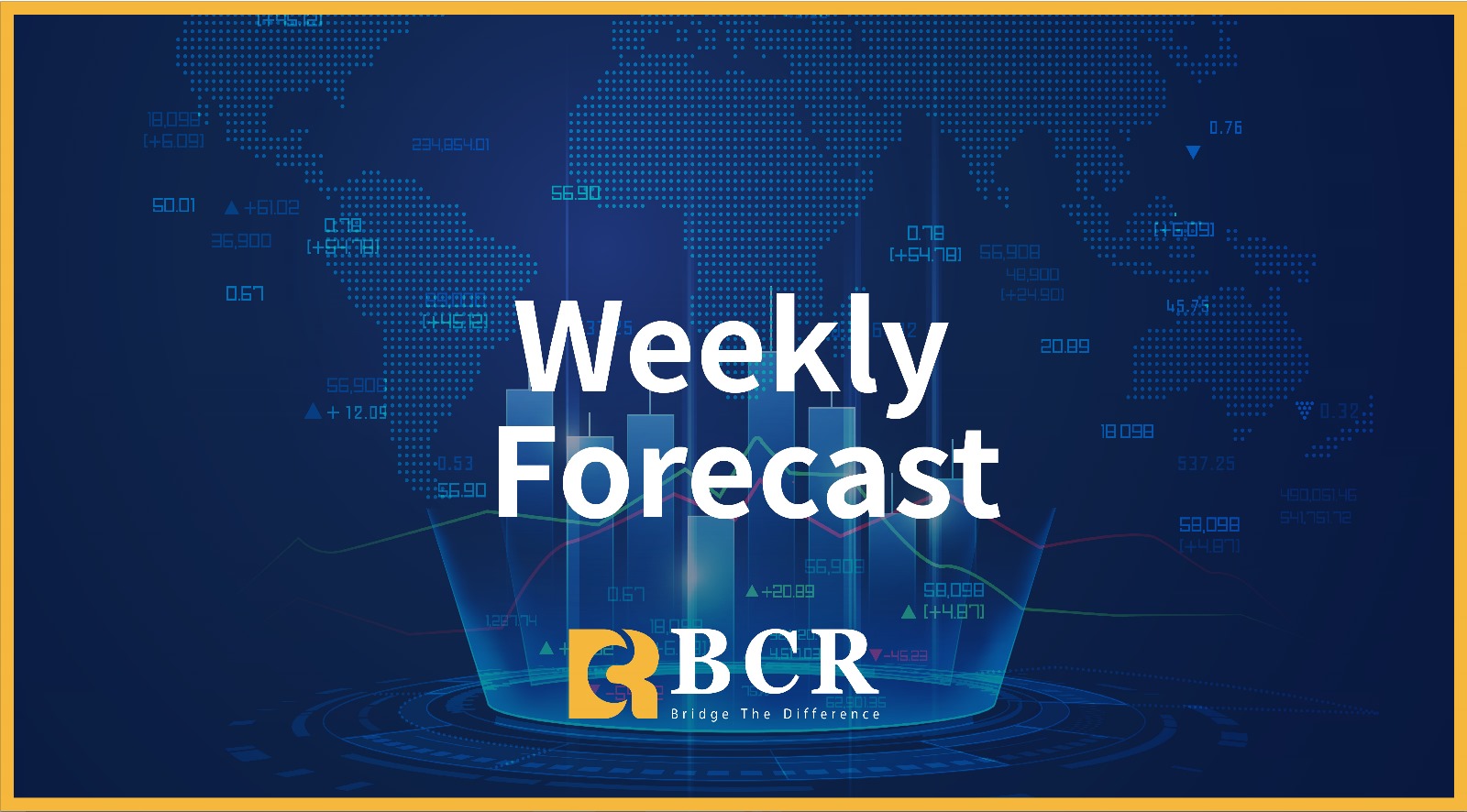
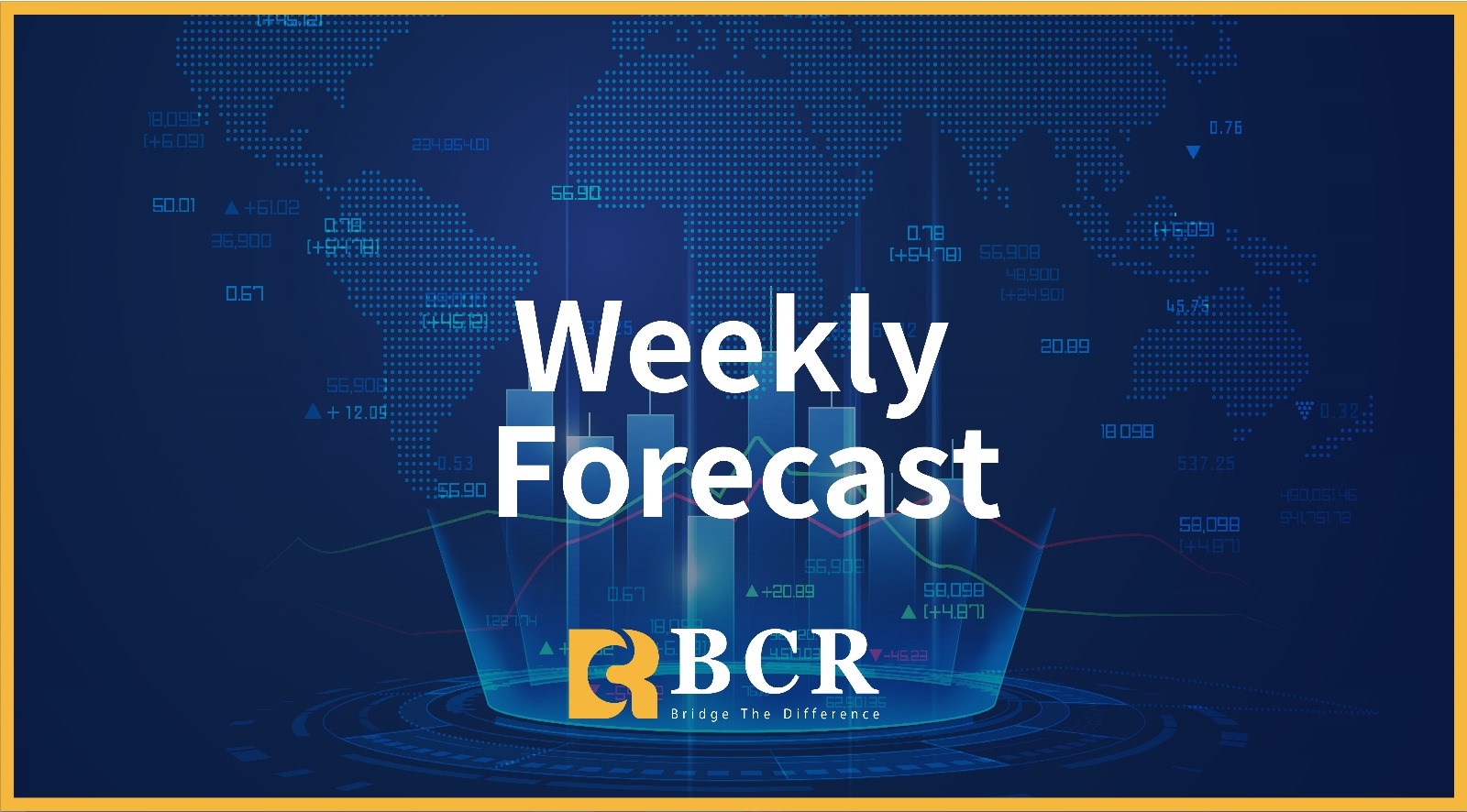
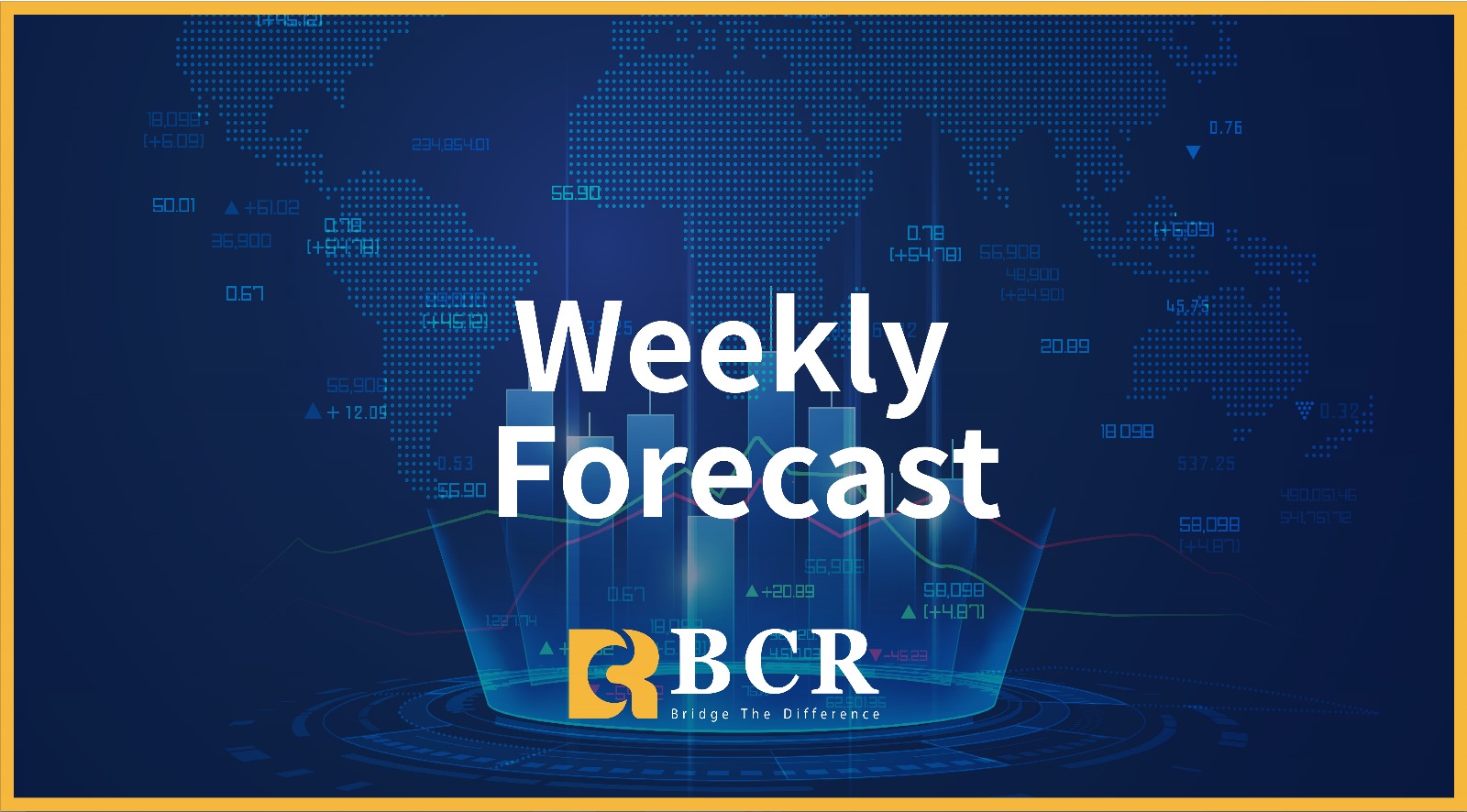
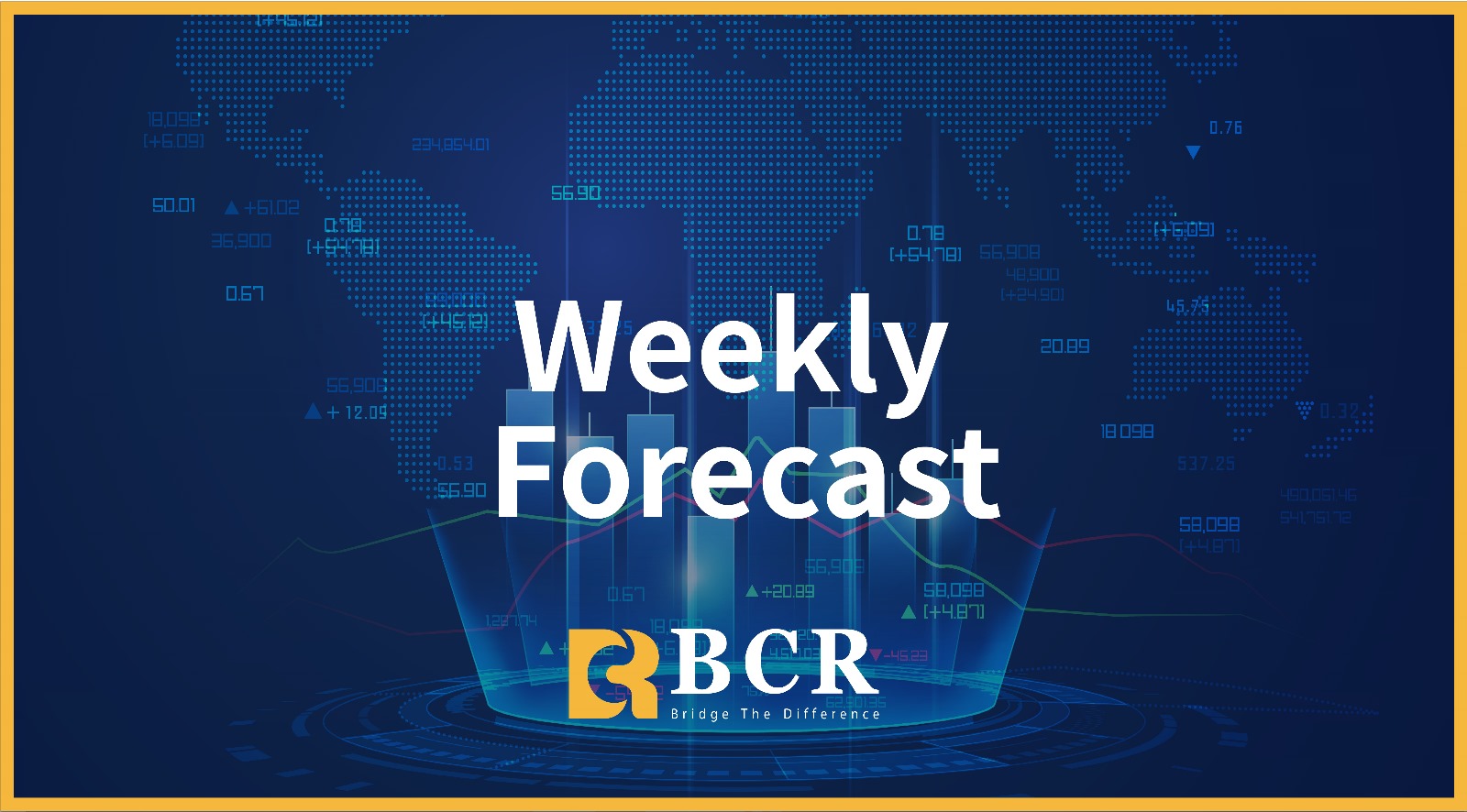
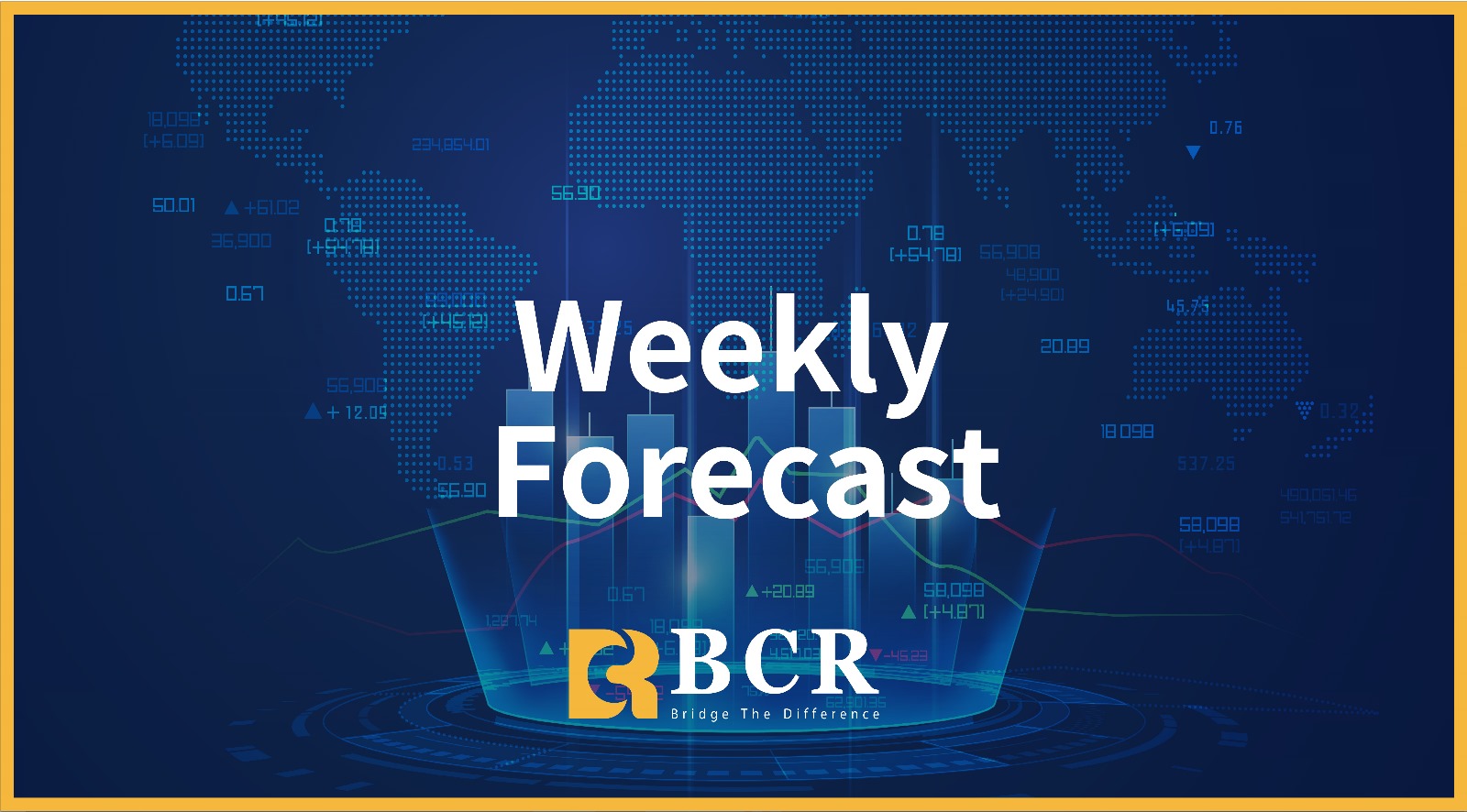
Pendedahan Risiko:Instrumen derivatif diniagakan di luar bursa dengan margin, yang bermakna ia membawa tahap risiko yang tinggi dan terdapat kemungkinan anda boleh kehilangan seluruh pelaburan anda. Produk-produk ini tidak sesuai untuk semua pelabur. Pastikan anda memahami sepenuhnya risiko dan pertimbangkan dengan teliti keadaan kewangan dan pengalaman dagangan anda sebelum berdagang. Cari nasihat kewangan bebas jika perlu sebelum membuka akaun dengan BCR.
BCR Co Pty Ltd (No. Syarikat 1975046) ialah syarikat yang diperbadankan di bawah undang-undang British Virgin Islands, dengan pejabat berdaftar di Trident Chambers, Wickham’s Cay 1, Road Town, Tortola, British Virgin Islands, dan dilesenkan serta dikawal selia oleh Suruhanjaya Perkhidmatan Kewangan British Virgin Islands di bawah Lesen No. SIBA/L/19/1122.
Open Bridge Limited (No. Syarikat 16701394) ialah syarikat yang diperbadankan di bawah Akta Syarikat 2006 dan berdaftar di England dan Wales, dengan alamat berdaftar di Kemp House, 160 City Road, London, City Road, London, England, EC1V 2NX. Entiti ini bertindak semata-mata sebagai pemproses pembayaran dan tidak menyediakan sebarang perkhidmatan perdagangan atau pelaburan.